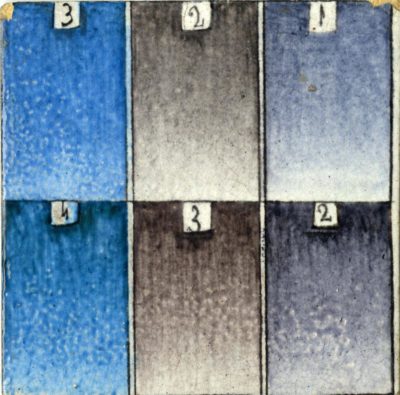 William De Morgan was the most important ceramic designer of the Arts and Crafts Movement.
William De Morgan was the most important ceramic designer of the Arts and Crafts Movement.
He had always wanted to become and artist and began his formal training with Thomas Carey in London, before joining the Royal Academy in 1859.
After four years of a mandatory eight of the study of fine art however, he left the Royal Academy after meeting William Morris in 1863 and becoming interested instead in craft.
In the 1860s, he collaborated with Morris & Co. on furniture design and stained glass. The Foundation owns a rare cabinet by William De Morgan which is currently on display at Standen House in East Grinstead, Sussex.
Through working on stained glass with Morris, De Morgan became interested in ceramic glazing. The traditional method of staining glass yellow requires silver nitrate paste to be applied to the glass which is then fired at around 660*C. De Morgan realised that if the kiln was too hot, the silver nitrate would react and leave an iridescent surface on the glass.
He research into this lead him to the ancient technique of lustre glazing. This complex method of glazing ceramics involves painting a glaze with copper or silver oxides onto the ceramic surface and firing them in a kiln starved of oxygen so that the carbon monoxide in the kiln reacts with the oxygen in the glaze to produce carbon dioxide and leaves a sparkling metallic surface on the ceramic.
De Morgan was by his nature an inventor. His father was Augustus De Morgan, an important mathematician and logician and professor of mathematics at University College London. William inherited his father’s logical and inquisitive nature and applied it to his art. He invented his own kilns, perfected lustre glazing – which had not been successfully produced in Western Europe since the middle ages – and developed techniques for design to ceramic transfers which set him apart from his contemporaries. This test tile shows the great lengths which De Morgan went to to perfect his ceramics as he experiments with different glazes to achieve exactly the right colour in the finished design.






